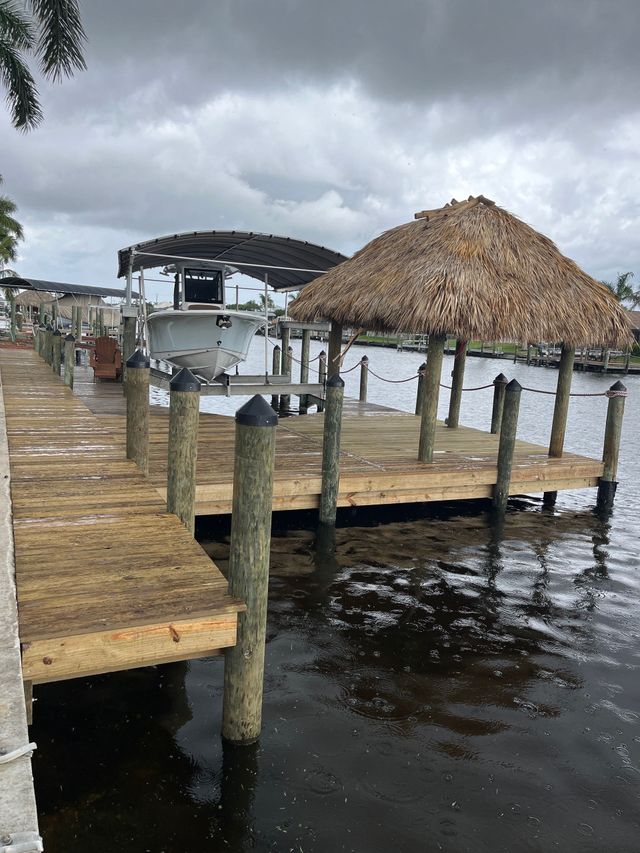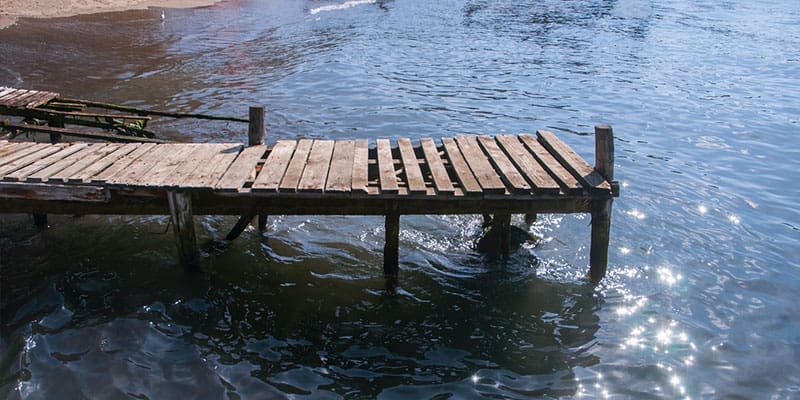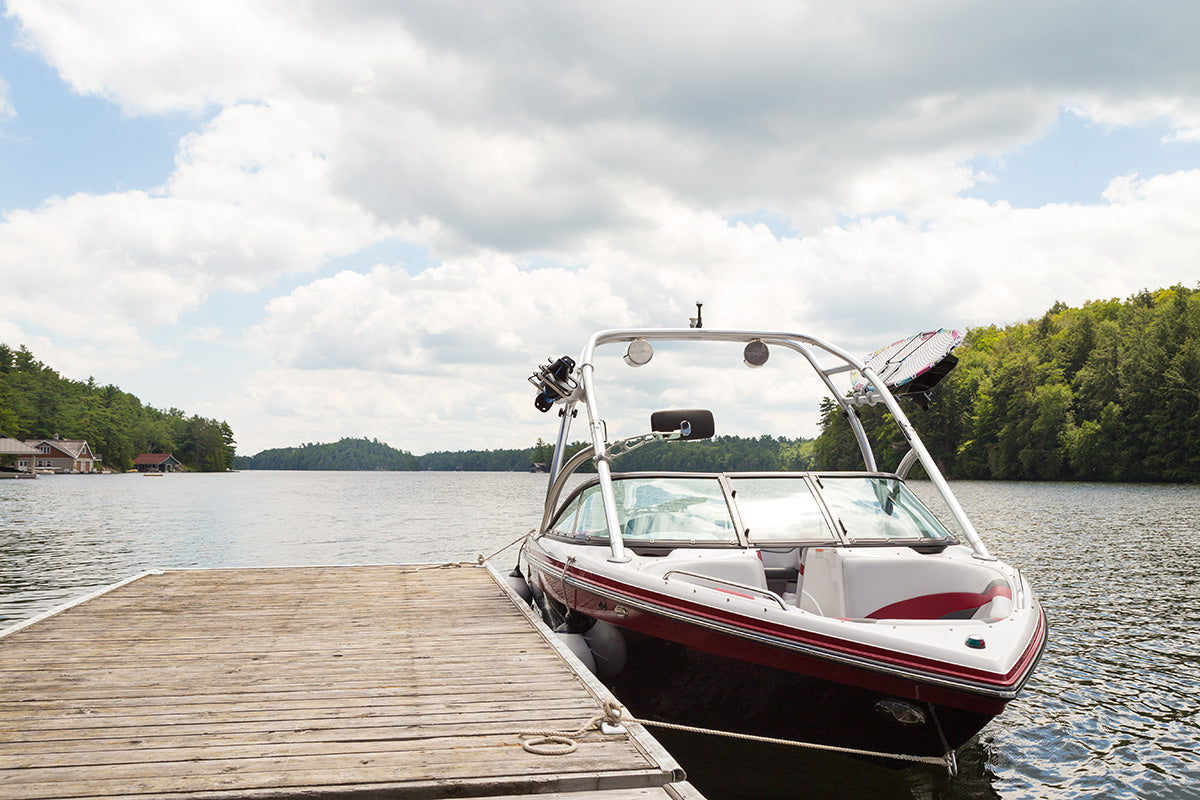Leading Indications You Need Specialist Dock Repairs This Period
Leading Indications You Need Specialist Dock Repairs This Period
Blog Article
Reliable Dock Repair Service Techniques: Making Certain Structural Stability
Making sure the structural honesty of docks through effective repair service methods is paramount for the longevity and safety and security of marine facilities. Ultimately, picking the best repair work materials, such as corrosion-resistant alloys and composite materials, is vital for durability.
Evaluating Dock Damages
Assessing dock damage is a crucial very first step in guaranteeing the structural honesty and security of any docking facility. This first analysis includes a detailed assessment to identify both hidden and noticeable damages. Key elements to check out include the dock's structure, pilings, decking, and equipment. Each element must be inspected for indicators of wear, rot, corrosion, or various other kinds of degradation that might jeopardize the architectural honesty.
Structural designers or certified examiners generally do these analyses using specialized strategies and tools. For example, undersea evaluations may use sonar devices or from another location operated cars (ROVs) to discover submerged damages. Above water, visual assessments are complemented by utilizing wetness meters and various other diagnostic devices to uncover underlying issues not instantly noticeable to the naked eye.

Finding Repair Products
Picking the appropriate fixing products is a critical step in the dock remediation process, one that straight influences the durability and efficiency of the repaired structure. Product selection must be driven by variables such as ecological problems, load-bearing needs, and compatibility with existing dock parts.
Along with wood, composite materials are increasingly prominent because of their toughness and low upkeep demands. Compounds, normally made from a blend of plastic and timber fibers, provide superb resistance to rot, bugs, and UV damages. For metal anchors, choosing corrosion-resistant alloys such as galvanized steel or marine-grade light weight aluminum is vital to prevent corrosion and make certain structural honesty in saline water conditions.
Epoxy resins and marine-grade sealers are essential for fixing splits and sealing joints, offering a water-proof obstacle and enhancing the dock's general toughness. By diligently selecting top notch products, dock repairs can achieve resilient outcomes, therefore safeguarding against future degradation and guaranteeing secure, trusted usage.
Structural Reinforcement Techniques
Reliable architectural support methods are vital in guaranteeing the stability and longevity of dock fixings. This approach is especially effective for docks revealed to hefty tons or harsh ecological problems.
One more important technique is the application of fiber-reinforced polymers (FRP) These products use high strength-to-weight ratios and superb resistance to rust, making them optimal for reinforcing concrete or wood docks. FRP can be used in strips or sheets and bonded with epoxy materials to improve architectural stability.
Bracing and securing systems also play an essential duty in architectural reinforcement. Cross-bracing, making use of metal or wood beam of lights, can neutralize lateral pressures, minimizing swaying and activity. Anchoring systems, such as helical piers or driven piles, supply a stable structure by transferring lots to deeper, a lot more stable dirt layers.
Lastly, the combination of load-distribution plates can help distribute weight more uniformly throughout the dock's surface, minimizing localized stress and anxiety points. These strategies collectively ensure that docks continue to be robust and risk-free, efficient in withstanding the roughness of their functional environment.
Advanced Repair Service Approaches

One more sophisticated method includes undersea welding, which enables repair services to be carried out without the requirement to dewater the location. This technique is especially helpful for attending to architectural problems in submerged dock elements, guaranteeing very little interruption to operations. Enhanced welding techniques, paired with robot systems, provide precision and reliability, consequently prolonging the lifespan of the dock.
Additionally, cathodic protection systems are implemented to stop deterioration in metallic dock structures. By making use of sacrificial anodes or satisfied present systems, these techniques effectively minimize the electrochemical processes that lead to product degeneration.
Finally, advanced surveillance innovations, such as structural wellness surveillance (SHM) systems, supply real-time data on the problem of dock structures. These systems article source make it possible for aggressive maintenance and prompt interventions, inevitably making sure the long-term architectural stability of the dock.
Upkeep and Prevention
Upkeep and prevention are basic ideas that underpin the longevity and safety and security of dock structures. Normal evaluations are extremely important, enabling for very early detection of damage, potential weak points, and ecological effects. An aggressive method, entailing routine look for corrosion, rot, and architectural shifts, minimizes expensive fixings and prolongs the dock's operational life.
Safety nets must consist of applying protective layers to metal elements to defend against rust and utilizing cured timber to resist decay. Furthermore, making certain proper drain and ventilation can protect against water accumulation, which is a common root cause of structural deterioration. Including quality materials and adhering to producer guidelines throughout building and construction and repair phases also play important duties in boosting durability.

Educating personnel in dock maintenance best practices ensures constant application of precautionary steps. Leveraging technical advancements, such as drones for assessments and sensing units for real-time surveillance, can better boost upkeep efforts. By focusing on maintenance and avoidance, dock owners can guarantee structural honesty, operational security, and affordable administration over the dock's life-span.
Verdict
In verdict, maintaining the structural honesty of aquatic centers demands detailed dock repair techniques. Extensive inspections utilizing sophisticated devices discover both visible and hid problems, while the choice of suitable repair work materials boosts resilience. Implementing structural reinforcement methods addresses stress factors efficiently. Advanced repair methods, coupled with routine maintenance methods, make certain the dock continues to be safe and functional under diverse ecological conditions. Taking on these strategies considerably lengthens the life expectancy and performance of aquatic infrastructure.
Guaranteeing the structural honesty website here of docks through reliable repair work strategies is critical for the durability and safety of marine centers.Choosing the ideal fixing materials is a crucial step in the dock repair process, one that directly affects the longevity and efficiency of the fixed framework.Effective structural support techniques are important in making certain the stability and durability of dock repair work. By focusing on maintenance and prevention, dock owners can ensure structural honesty, functional security, and economical monitoring over the dock's life expectancy.
In conclusion, preserving the structural stability of aquatic facilities demands thorough dock repair strategies.
Report this page